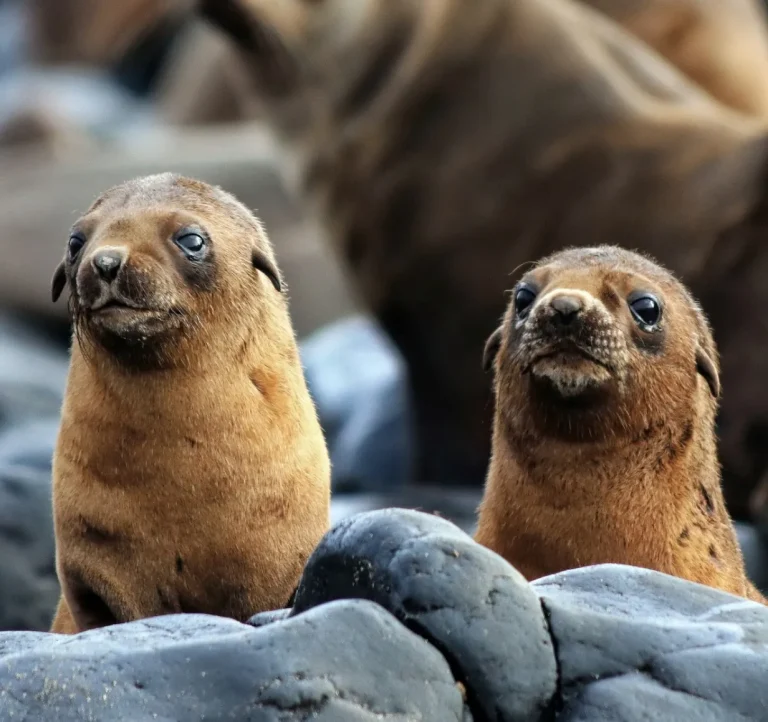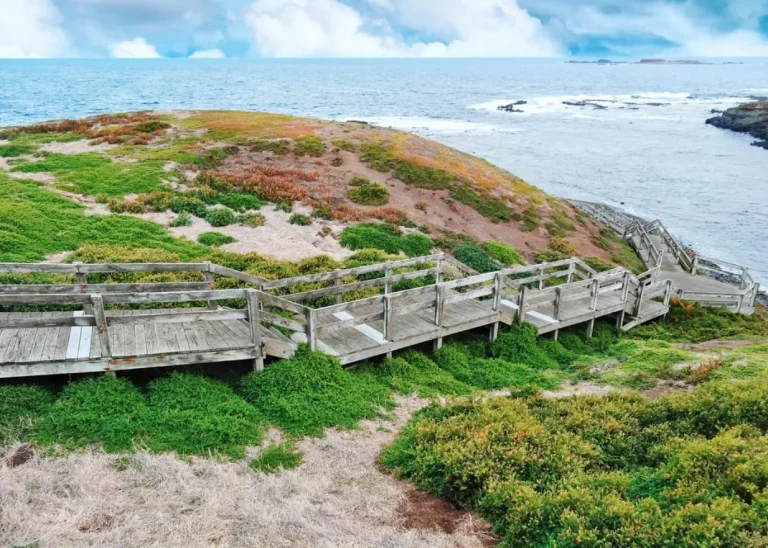Renowned for its rare and unique birds, the Great Ocean Road stretches 243 kilometres along Australia’s southwestern coast. This iconic route traverses a variety of habitats ranging from lush rainforests and coastal cliffs to calm beaches and wetlands. The diversity of native birds and endemic species found in the region make it popular among bird watchers at all levels of proficiency who should never pass it by. This guide will take you through some important birdwatching spots, show you some outstanding bird varieties, and give advice on how to get more out of your bird-viewing journey.
Bird Watcher’s Paradise
The Great Ocean Road is a paradise for any bird lover. It allows access into various habitats each containing different kinds of birds. Along this road, you will find dense rainforests, expansive wetlands as well as dramatic coastal cliffs where you can go for bird watching. These ecosystems range from Port Campbell National Park with its thick forests to Apollo Bay’s sandy beaches thus enabling birdwatchers enjoy an incredible array of diverse avian life. Some points worth mentioning include Kennett River with its green landscapes and Bass Strait clean waters that house birds like beach stone-curlew and rock parrot.
Birds
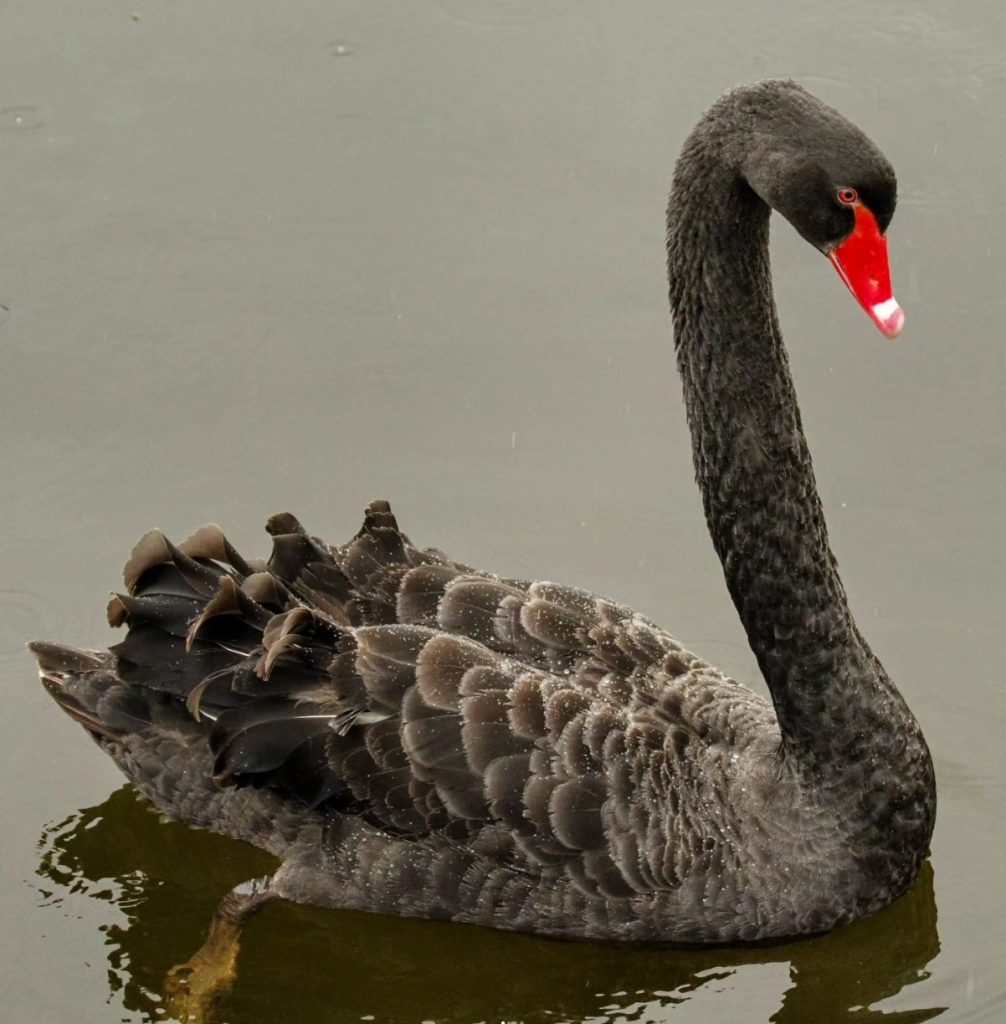
The extraordinary natural beauty found along the Great Ocean Road supports significant variations among habitats hosting numerous species of wildlife, including birds. Among the creatures that may be seen here are crimson rosellas characterized by their bright colours, bush stone curlews who know how to elude human curiosity-seeking eyes or blue-winged kookaburras whose wings are coloured in sky blue hue. Coastal areas are habitats for seabirds such assooty oystercatcher, white-winged black tern or Caspian tern while there are other kinds like black swan or royal spoonbill inhabiting wetlands and estuaries with different heron species such as great-billed heron or white-faced heron even though they may be difficult to come across. While tawny frogmouths may be observed within the rainforests, the open woodlands may hide from you the secretive mulga parrot or different types of diamond dove.
Scenic Highlights and Attractions

Apart from being a birdwatcher’s paradise, there are many picturesque landscapes that make the Great Ocean Road worth visiting. Located near Bass Strait, Twelve Apostles– huge limestone stacks–not only give visitors amazing scenic views but also offer an excellent environment for bird watching. Besides, Memorial Arch and Bells Beach have dramatic coastal settings ideal for spotting various birds. The Otway Ranges in East Gippsland Wildlife Journey provide serene environments for many species such as crimson finch and brown-headed honeyeater among others. In particular, the coastal locations around Apollo Bay and Port Campbell National Park are known for their rich bird populations.
Birding Sites
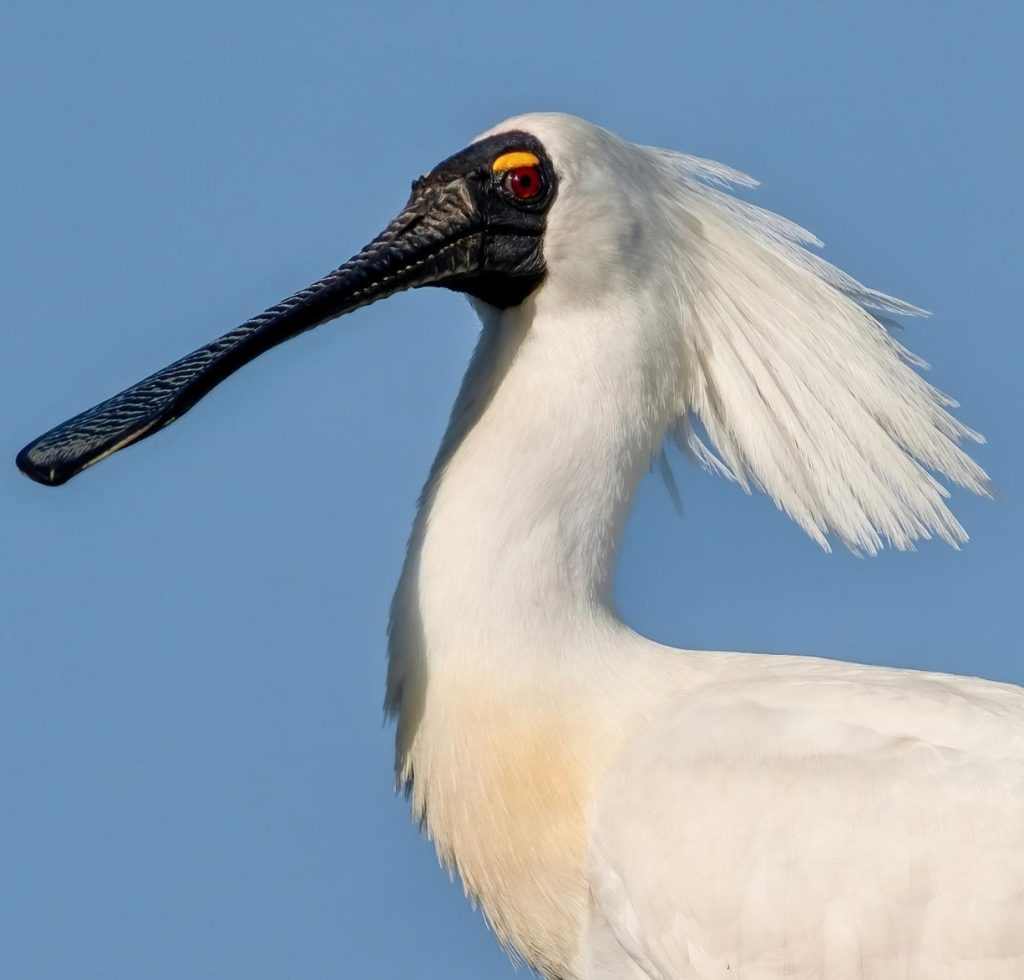
Apollo Bay: A Coastal Haven for Birds
Apollo Bay is a dazzling coastal settlement famous for its stunning beaches and beautiful hinterland. This place is full of opportunities where one can see various kinds of birds which makes it a haven for all bird enthusiasts. These local beaches are home to seabirds like pied cormorants or grey plover while surrounding forests host crimson rosellas with their bright colored plumage or bush stone-curlew that hides itself away from everyone’s view. Furthermore, some honeyeaters such as singing honeyeater or spiny-cheeked honeyeater can also be seen in this area.
Port Campbell National Park: A Birdwatcher’s Heaven
For bird enthusiasts, Port Campbell National Park is a paradise to stalk with different habitats from rugged cliffs down to rich rain forests. The park has numerous bird species that include the black-fronted dotterel, sooty terns and rock parrot which are hard to find .The stretch of coast and landmarks rocky coastal provides outstanding views of species like sea birds and waders. Look out for the red-necked crake as well as the hoary-headed grebe.
London Bridge: Birds Refuge on the Coast
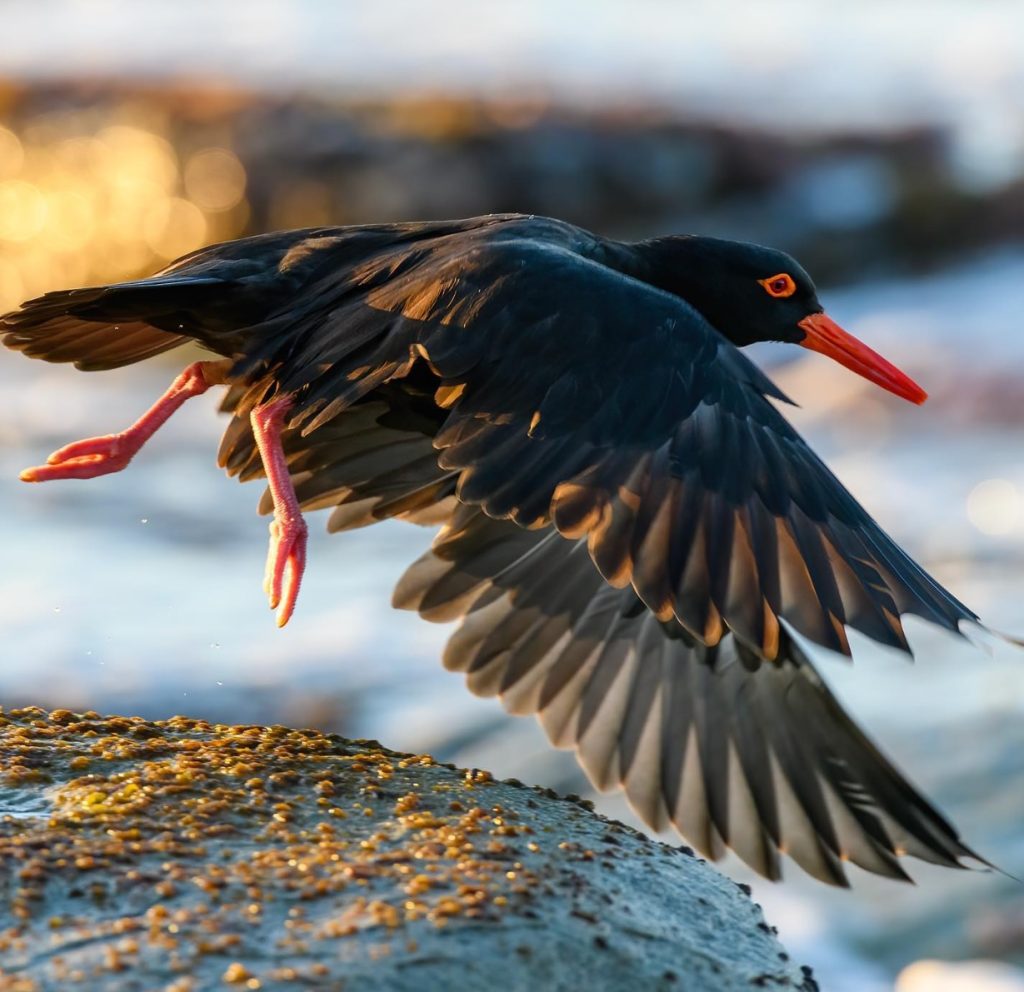
Bird lovers will find London Bridge’s beautiful rocks easily accessible within Port Campbell National Park. London Bridge is an ideal place for bird watching on Australia’s coast because there you can see the rare beach stone-curlew or white-winged black tern species. There are also pied oystercatchers and albatrosses nesting in the cliffs nearbys’ rock pools. The geological uniqueness adds flavor to photography sessions and bird watching programs here.
Kennett River: It’s a Must-see Spot for Bird Watchers Kennett River along Great Ocean Road is known among nature lovers as a special birdwatching destination. Kennet river attracts different kinds of birds because it is surrounded by forests including riparian habitat along rivers such as this one. Some of those woodland inhabitants are grey currawong, striated pardalote or red-kneed dotterels in forest areas around it . Grey teal and diamond dove can also be seen among local birds in Kennett River, therefore calling for serious intentions by any bird watcher.
Bird Watching & Photography
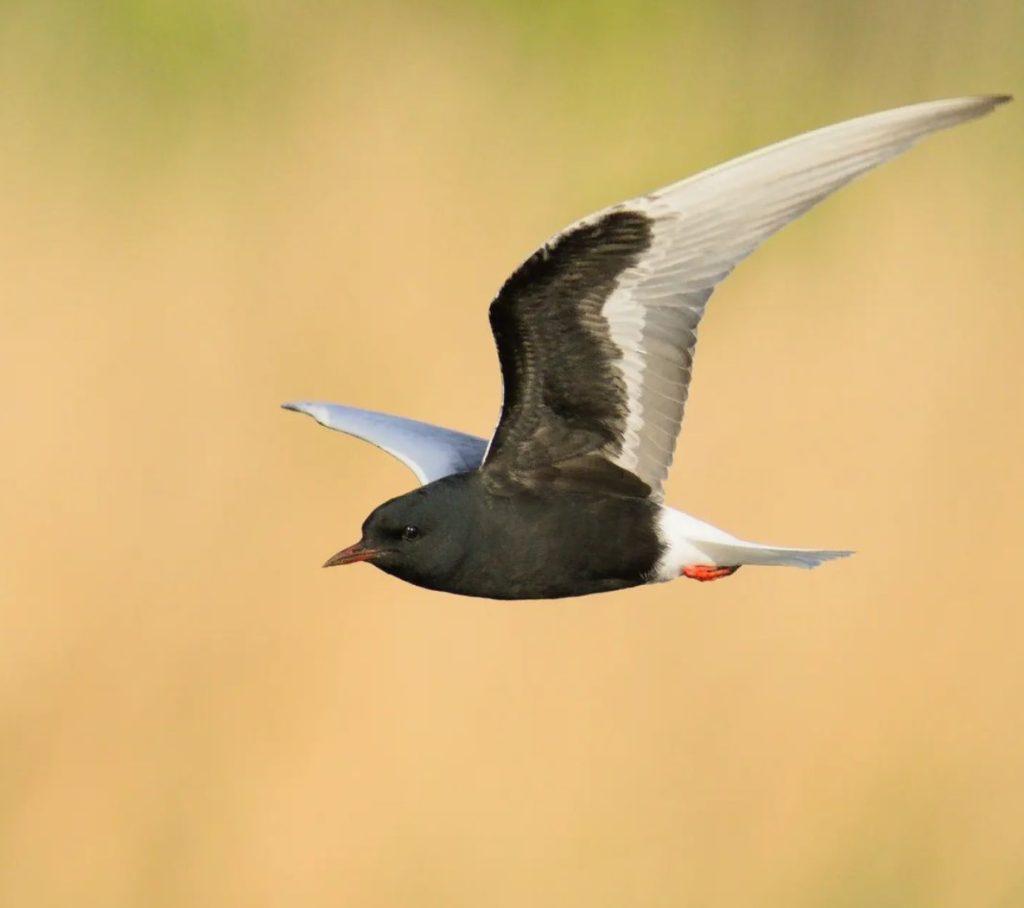
Great Ocean Road offers excellent opportunities for observing birds through photography especially if paired with other activities related to observation itself. As diverse landscapes combined with many types of avian fauna make it an appropriate choice when aiming at creating some striking pictures depicting them in their natural settings. For better resolution, get a really good camera with a telephoto lens to zoom in and take a good picture of birds such as royal spoonbill, bush stone-curlew, tawny frogmouth, etc . Furthermore, early morning and evening are the best times to watch birds because they become active during these periods.
Conclusion
The Great Ocean Road is one of the most preferred places for bird watching because it provides different habitats and species. Whether looking up at cliffs and seashores or down into lush rainforests or wetlands this scenic drive offers countless opportunities for bird lovers. The Great Ocean Road is an attractive destination for anyone who wants to catch a glimpse of crimson rosellas, photograph black swans in their natural habitat or get a close look at some white-winged black terns. Plan your visit to this extraordinary place and witness Australia’s great variety of birds in their most beautiful colors.
FAQ
When is the best time for birdwatching along the Great Ocean Road?
The spring and autumn are the best seasons for birdwatching along that part of Australian coastline. It is during this time that migratory birds move around more and a large number of native ones nest or feed on certain resources. Early mornings and late afternoons are the most likely time to spot birds by sight or camera shooting.
Do southern cassowaries exist along the Great Ocean Road?
Normally southern cassowaries do not inhabit regions along Great ocean road but rather northern Queensland such as Kangaroo Island. However there are a wide range other interesting bird species found within its borders.
Tell me about the best bird watching spots on the Great Ocean Road.
Some of the best birdwatching spots are Apollo Bay, Port Campbell National Park and Kennett River. The areas offer different habitats and chances to view various birds from coastal shorebirds to forest birds.
Are there any guided bird watching tours?
Yes, there are several guided birdwatching tours along the Great Ocean Road. 12 Apostles tour from melbourne can provide you with a great deal of information before or after your trip for bird watching. Look for local tour companies that focus on nature and wildlife activities.
What do I need for a successful bird watching trip?
Binoculars should be brought, together with a good camera equipped with telephoto lens, Australian birds’ field guide, clothing suitable for different types of weather conditions. Don’t forget some of your snacks as well as fluids while traveling around.



